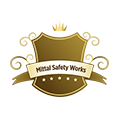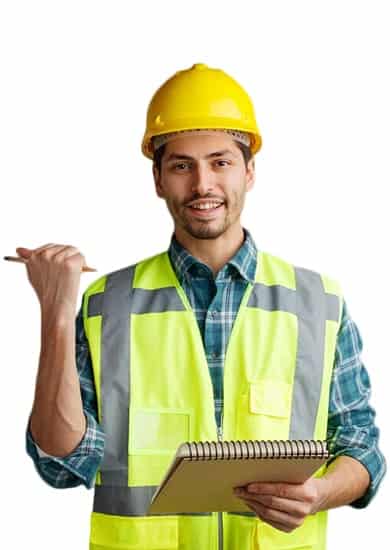Safety shoes protect feet from workplace hazards like heavy objects, sharp materials, and electrical hazards, reducing the risk of injuries and ensuring worker safety and well-being.
Individuals in industries with potential foot hazards, such as construction, manufacturing, and mining, should wear safety shoes to prevent injuries and ensure workplace safety.
Technicians and workers need safety shoes to shield their feet from potential workplace dangers, including falling objects, sharp materials, and electrical hazards, promoting safety and preventing injuries.
Basic standard safety shoes are protective footwear designed to safeguard feet from workplace hazards like impact, compression, punctures, and electrical dangers, ensuring worker safety and compliance.
A toe cap protector (steel or composite) offering 200 Joules of resistance (20kg weight dropped from about 1 metre above the toe). Slip resistance measured in either SRA, SRB or SRC levels. Anti-static or non-conductive soles made from either Polyurethane or Rubber respectively.
There are 5 major types of work-related foot injuries:
- Physical: Injury due to falling, rolling & compressive forces. They can cause crushing, sprains & lacerations
- Sharp objects on the floor can cause injury to the sole of the foot.
- Chemicals: Like Acids, Alkalis & irritant to Skins.
- Electrical: require conductive/antistatic/ESD/Electrical insulative
- Slips, where there are hazards on the worksite, safety footwear must be worn.
Natural rubber like leather requires particular care and wears depending upon the use of the item. Some people wear them while they are gardening and may use weed sprays which can damage the rubber or PU.
Measure your foot from the heel to the longest toe in a straight line best to stand on the measure. Add 1cm to get the correct measurement for your shoe.
Definitely not. And again, it is why we don’t simply offer one boot or one shoe for all work environments. It would make our lives much easier to simply have one boot style and one shoe style! But every work environment has different needs and risks. This is why we have 21 different styles in our range – each suited to a specific need or risk assessed on site.


